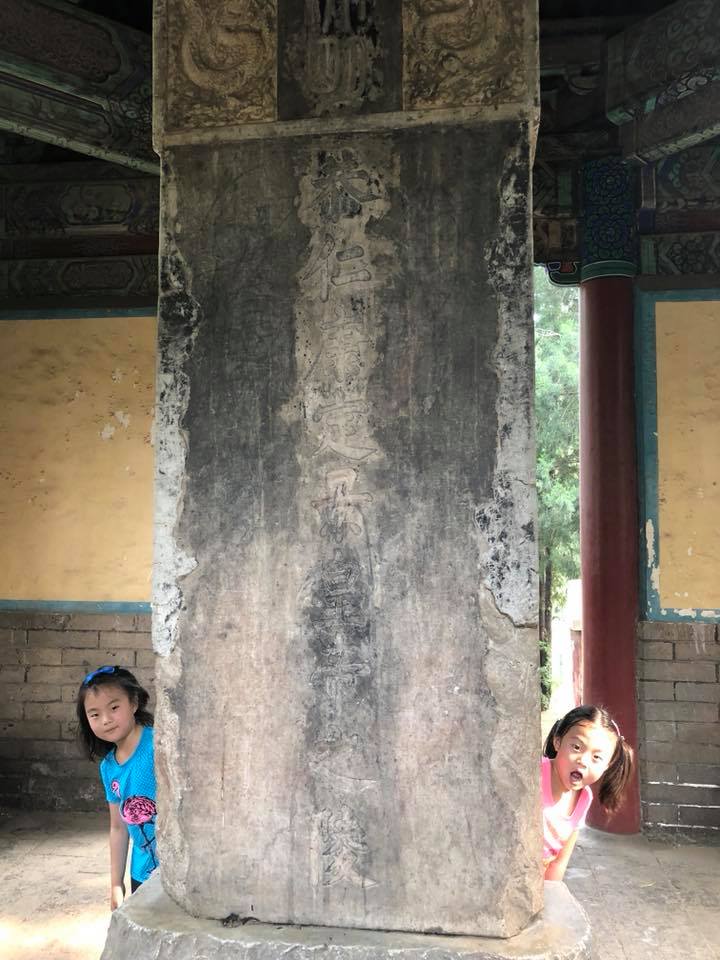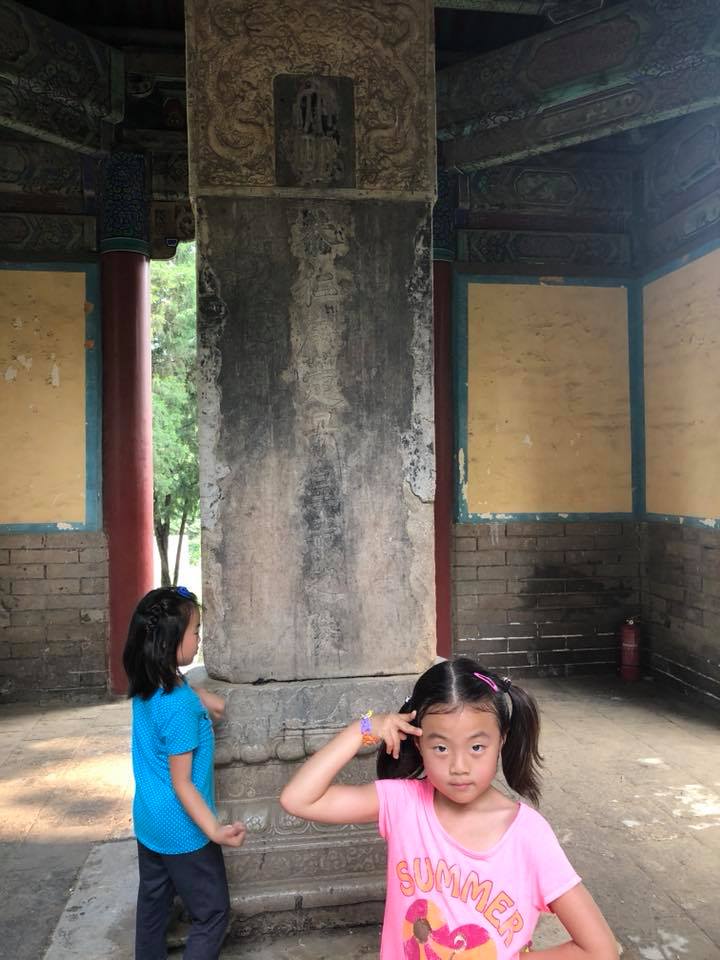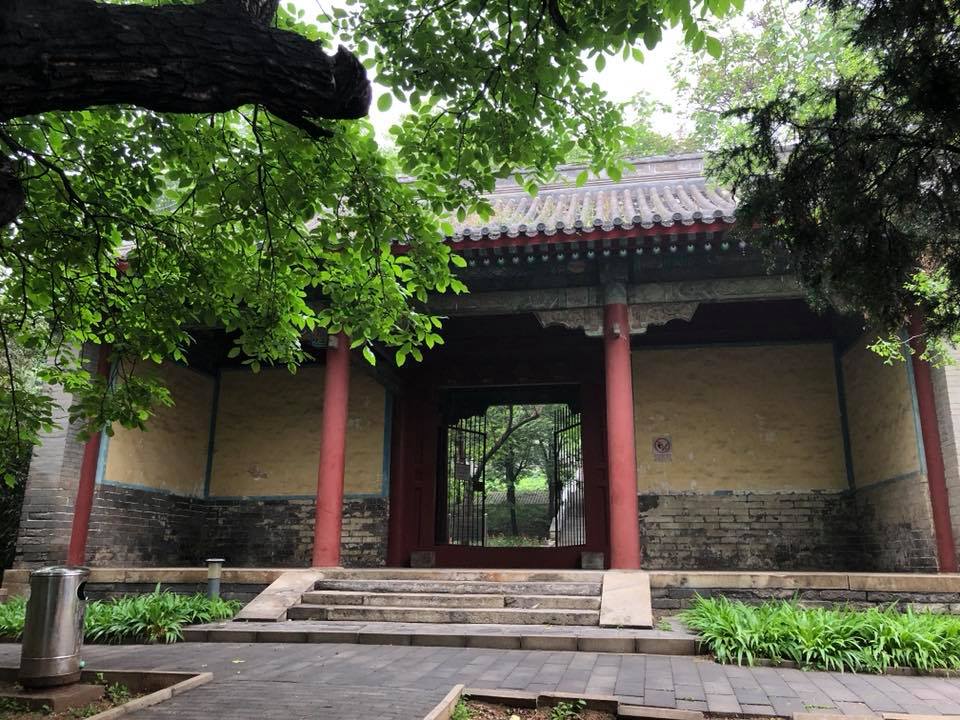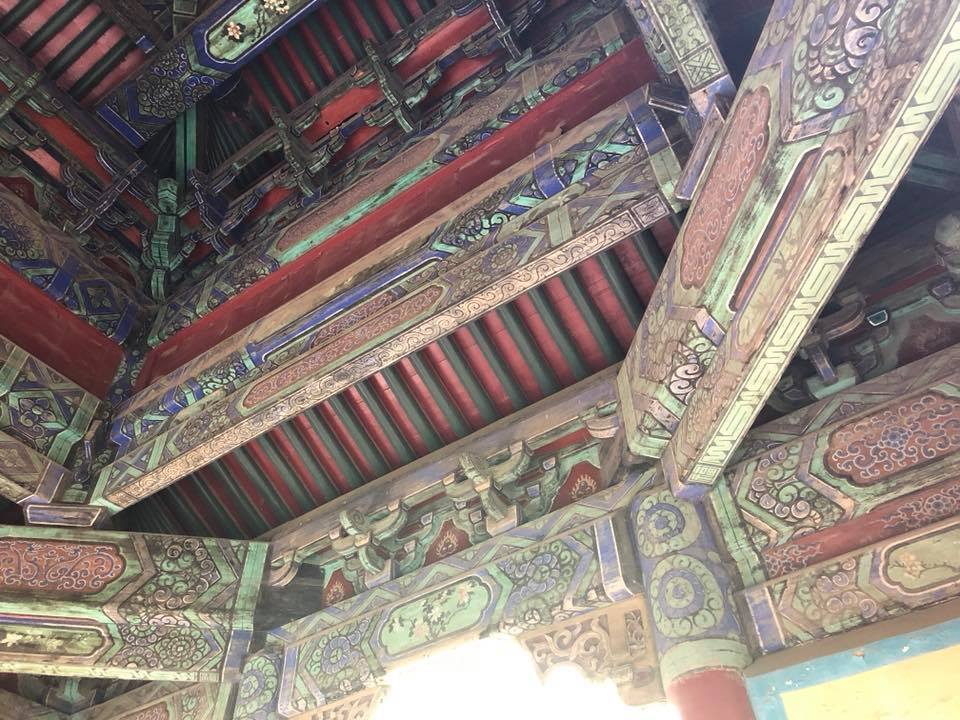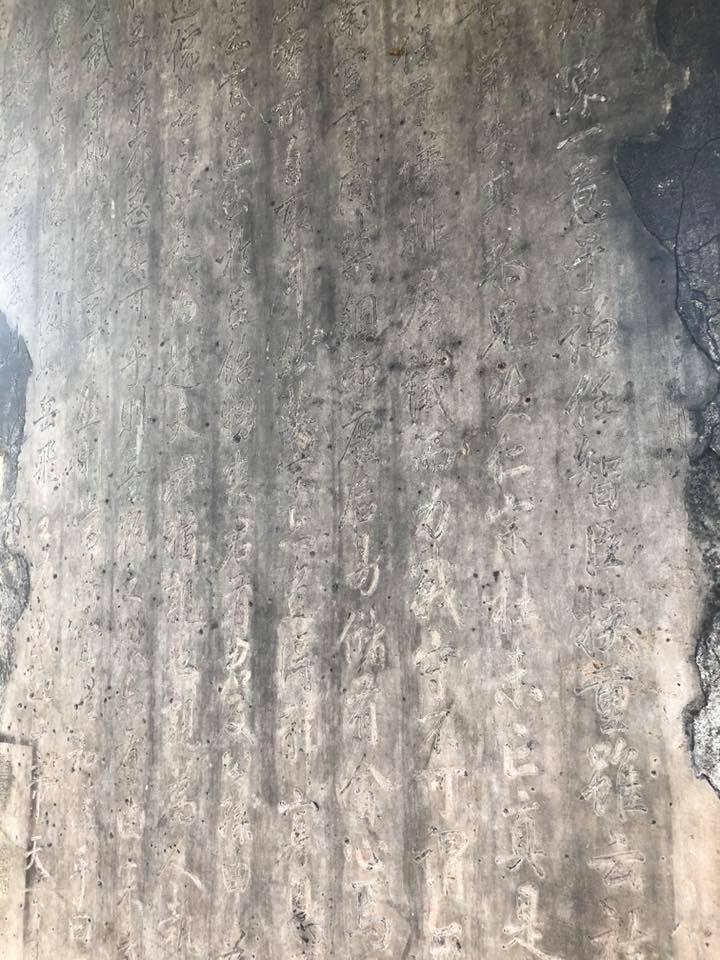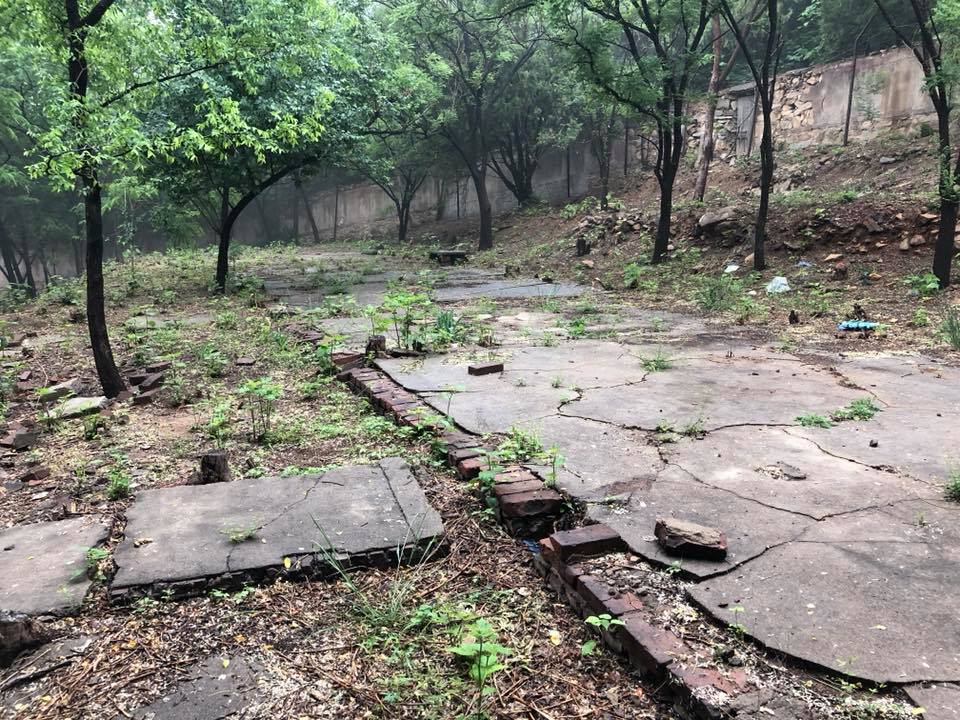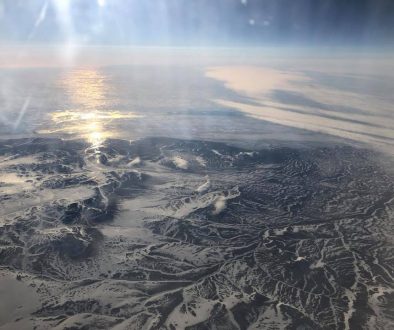Jingtai Tomb
Jingtai Emperor, the 7th emperor (reigned 1449–1457) of the Ming dynasty. He ascended to the throne after his brother, the Zhengtong emperor, was captured while leading the imperial forces against the Oryat (western Mongol) leader Esen Taiji in 1449. When Esen tried to take advantage of his victory and attack the capital at Beijing, Jingtai’s defense minister, Yu Qian, drove Esen’s forces back into Mongolia. In 1450 Esen released the abducted former emperor. Although his brother returned to China, Jingtai continued to reign. He caused much resentment by setting up his own son, rather than his nephew, as heir apparent. Partly because of this indiscretion, when he grew ill and lay dying in 1457, his brother, with the aid of a group of palace eunuchs, reascended the throne and disposed of the dying Jingtai.
Jingtai was finally buried with only rank of prince but not as an emperor, and not buried into Ming Thirteen Mausoleums, which is a collection of mausoleums built by the emperors of the Ming dynasty. The place his tomb located is actually inside the central garden of a military compound where I live, and it is not accessible to the public, so there were not many stories about it. I didn’t realize the poor ugly building located in our community garden that I passed by everyday was a 600-year-old tomb of an emperor until I was in college. This is a great place to let Sommer and Sydnie know more about Chinese history.


